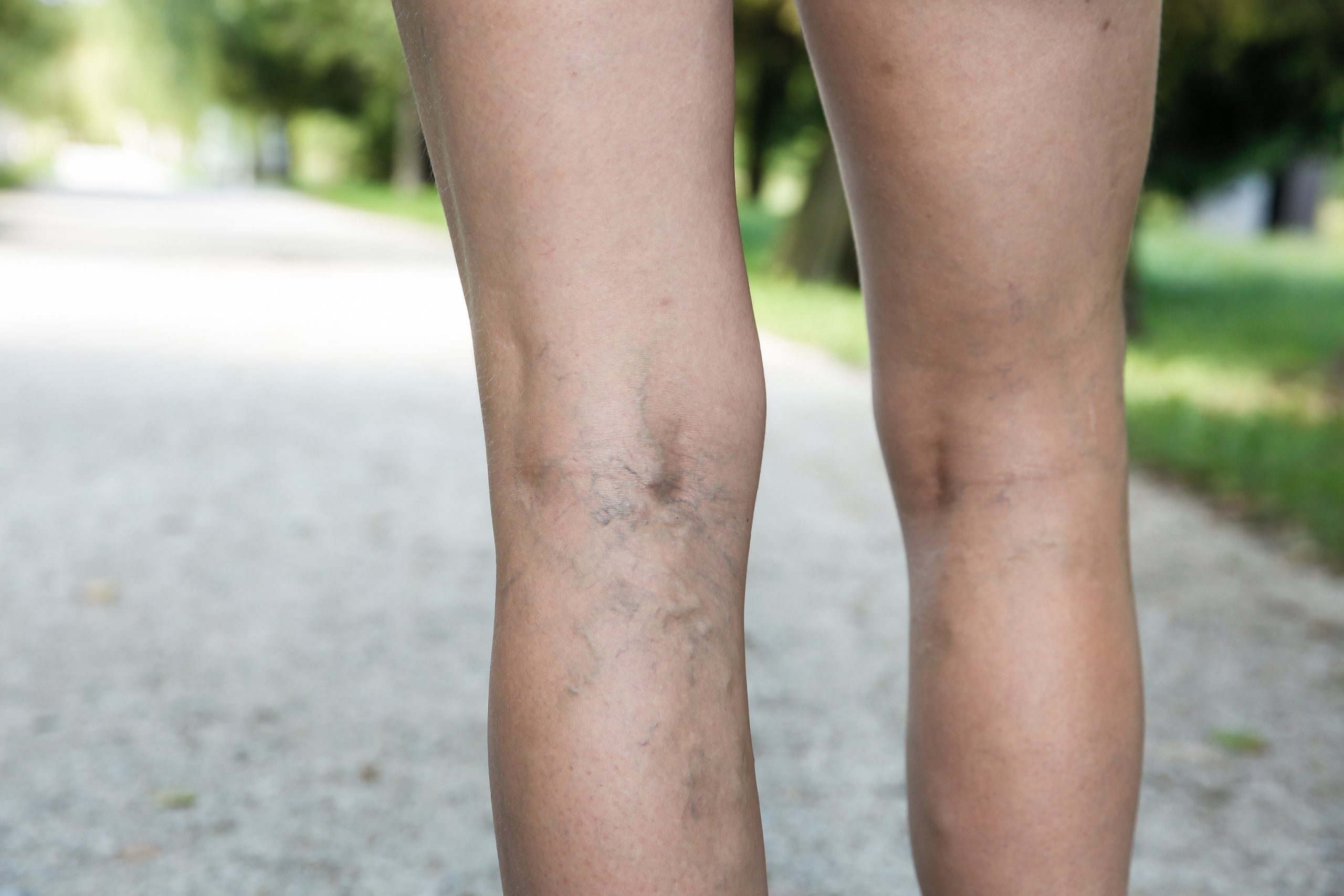
Spider veins are common. Unfortunately, being a common occurrence doesn’t make them enjoyable. These spider veins appear as spindly, branch-like bursts of purple or red veins visible just under the skin. While they’re rarely a serious health concern, many find them unappealing. There are a few ways that you can determine your risk of developing spider veins. Of course, to more accurately assess your risk for spider veins, it’s best to visit the vascular physicians in Orlando at Central Florida Vein & Vascular Center. Until you’re able to see us, here are a few tips for determining your risk.
Spider veins form when there is increased pressure in the veins. As a result, any activity that may put additional stress on the veins may put you at a higher risk of developing them.
We get a lot through our genetics—both good and bad. Spider veins are one unwanted trait passed through genetics. If there’s a trend of spider veins in your family, then you may be at a higher risk of developing them yourself.
An unhealthy lifestyle can put extra pressure on the veins, which leaves you at higher risk for developing spider veins. If you’re overweight, talk to your doctor for guidance on developing a plan to get you back on track. You’ll put less pressure on your veins and likely strengthen them as well through exercise.
Some occupations require standing for extended periods. If you’re a nurse, hairstylist, factory worker, or another role that requires standing, your veins are feeling the daily fatigue as much as you are. This may lead to spider veins forming.
Hormonal influences tend to do funny things to our bodies—like the sudden appearance of spider veins. For example, birth control pills can increase the risk of spider veins. Pregnancy can also be a factor in developing them. This is partially because of hormonal changes, and partially because it can put increased pressure on your veins.
Venous insufficiencies can affect anyone, male or female. So, no matter what your gender, it’s important to keep your veins healthy. That said, women are still at a slightly higher risk of developing spider veins than men.
Spider veins often get confused with varicose veins. While they’re both types of visible venous insufficiency, there are a few traits that make spider veins stand out. Spider veins are small, smooth purple or red vessels that appear most often on the legs, ankles, feet, and sometimes the face. They appear in bursts, resembling tree branches or spider webs.
Most of the time, spider veins are harmless and painless. However, if you ever experience pain with spider veins, it’s important to see a professional. Pain is your body’s way of telling you that something isn’t right. A vein specialist can assess your current venous health and create a treatment plan to improve it, if necessary.
Sometimes, even if we do our best to assess our risk and take steps to avoid developing spider veins, the pesky veins still appear. If you currently have spider veins that are painful or making you feel insecure about your legs, come visit the vascular physicians in Orlando at Central Florida Vein & Vascular Center. Contact us today to set up a consultation with our specialists.